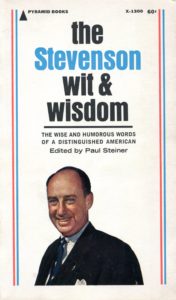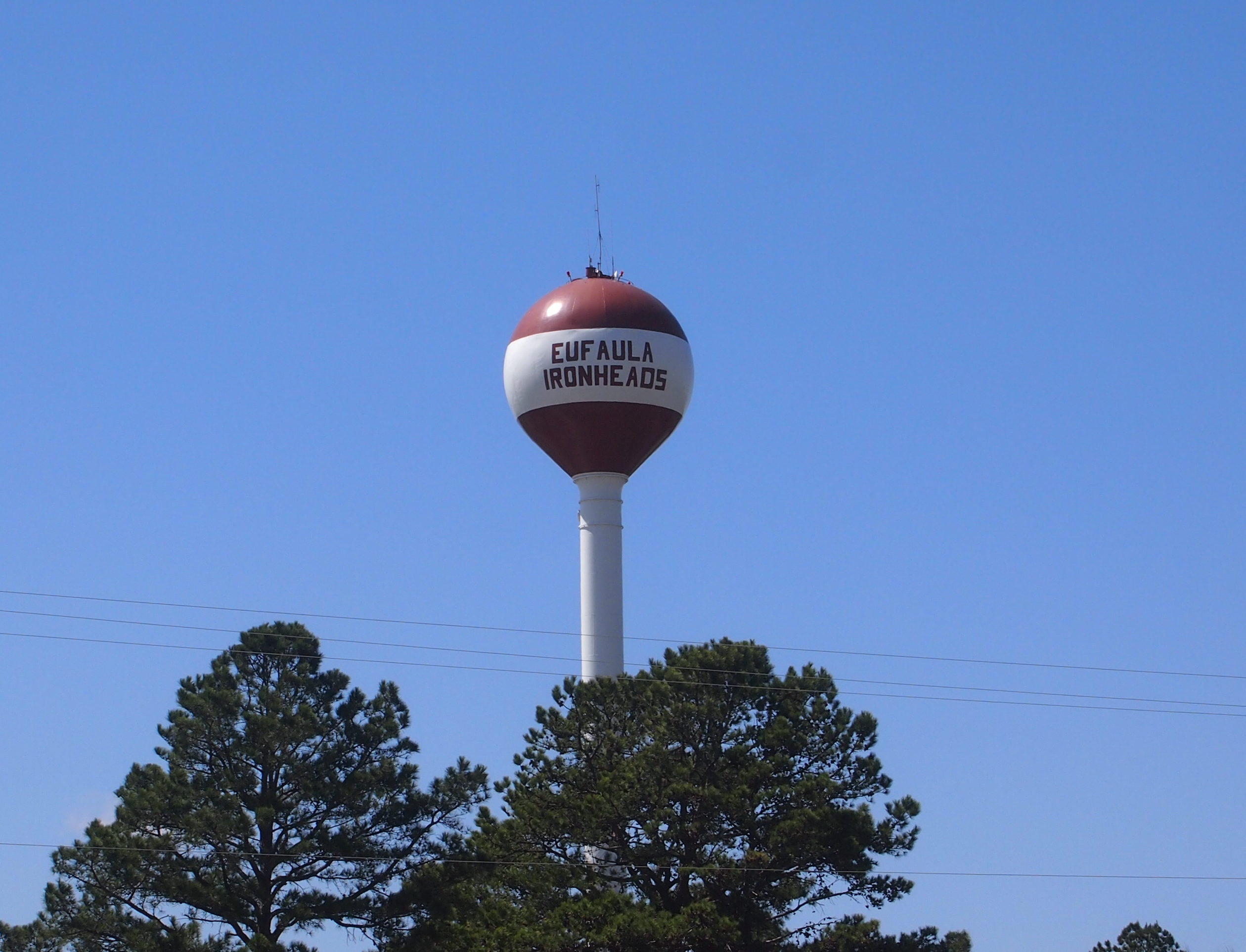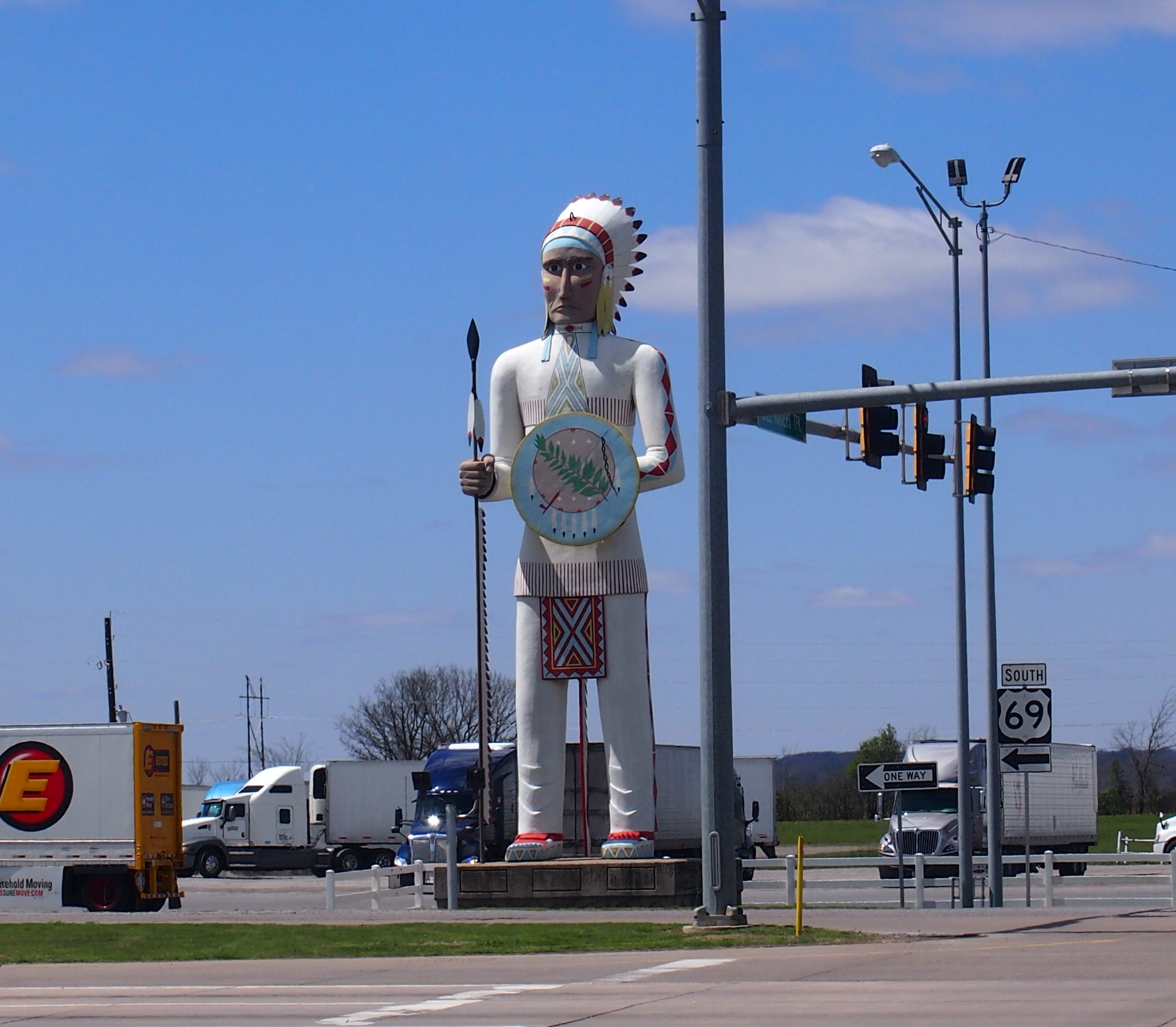The week after my mother died last month, I wrote an obituary for her. This is a slightly modified version of it.
Jo Ann Curnutte Stribling, longtime resident of San Antonio, passed away on October 14, 2018, less than two weeks shy of her 93rd birthday.
Jo Ann is survived by her sons Jay, Jim and Dees (Yuriko), her grandchildren Sam (Emily), Dees (Eden), Robert, Lilly and Ann, her great-grandson Neil, her nephews Ralph Arnn and Vernon Jay Stribling, and their families, and cousin Michelle Gottfred.
Her beloved husband, Samuel Henderson Stribling, predeceased her, as did her parents, James and Edna Curnutte, her sister Sue Arnn and Sue’s husband Ken, her daughter-in-law Deb Stribling, her cousin Jean Horsman, and many other friends and relatives of her generation.
She is now at peace after suffering the ravages of dementia during the last few years of her life. For most of her life she had the good fortune to enjoy robust health.
Jo Ann was born in Jourdanton, Texas, on October 24, 1925, and spent most of her formative years in South Texas. After graduating from Corpus Christi High School (now Roy Miller High School), she attended Texas State College for Women (now Texas Woman’s University) in Denton, studying nutrition and graduating in 1947.
In 1949, she married Sam, a physician from Mississippi, and soon devoted herself to their growing family as her children were born in 1952, 1955 and 1961. The young couple lived in Houston and later McKinney, Texas, along with a stint in Germany during Sam’s service as a doctor in the U.S. Army in the mid-50s.
Sam died suddenly and unexpectedly in 1964 at only 41, leaving Jo Ann bereaved and the sole parent to her children. She worked hard from then on not only to provide for their material well-being, but to guide their growth to responsible adulthood with a steady hand that was never heavy-handed. In her later years, she was delighted with the coming of her three grandsons and two granddaughters.
Jo Ann returned to TWU and obtained her master’s degree in nutrition in 1967, thus re-starting her career in that field. In 1970, she became a clinical dietitian at Bexar County Hospital in San Antonio, a position she held until she retired more than 20 years later. Dietitians are unsung healthcare professionals who make sure patients receive the best nutrition they need to speed their recovery.
She was a longtime member of St. Paul’s Episcopal Church in San Antonio, attending church regularly until her health failed, and supporting the church financially and by volunteering her time and energy. She was happy to be known as a church lady. Her faith in the Lord was quiet and steady.
Jo Ann made friends easily and was well regarded by her colleagues at the hospital. She was largely free of the social prejudices that marked many of her generation and, as the decades passed, was open to new ideas.
Though a stable and hardworking individual, she had a well-developed sense of humor — she enjoyed sharing jokes with her sister Sue in particular — and a sometimes surprising whimsical streak. She was fond of her dogs, her sewing projects, and the many books she read.
Jo Ann was a good person who had a good run in this world. She will be missed by all those who knew her and especially by those who had the very good fortune to be part of her family.
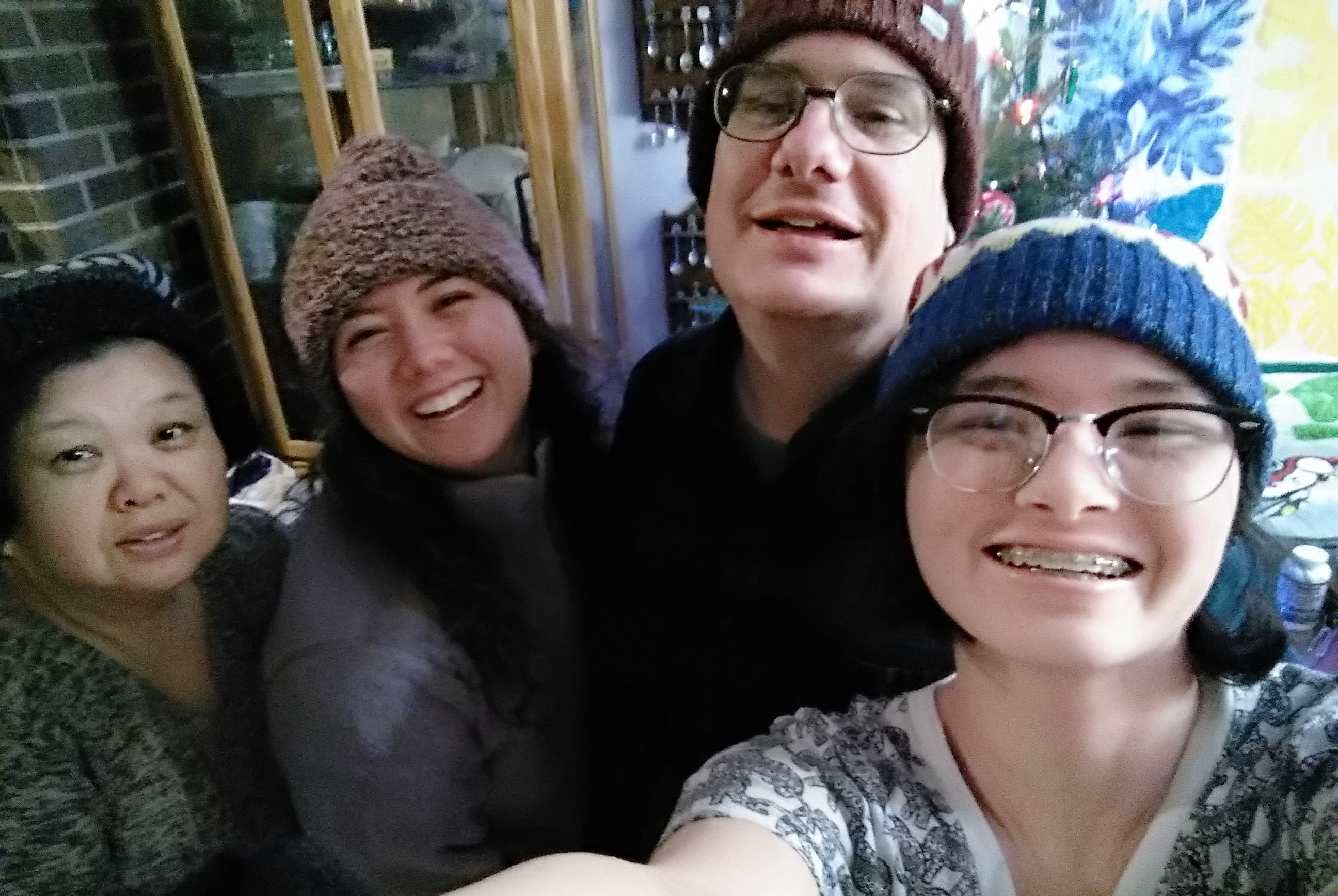
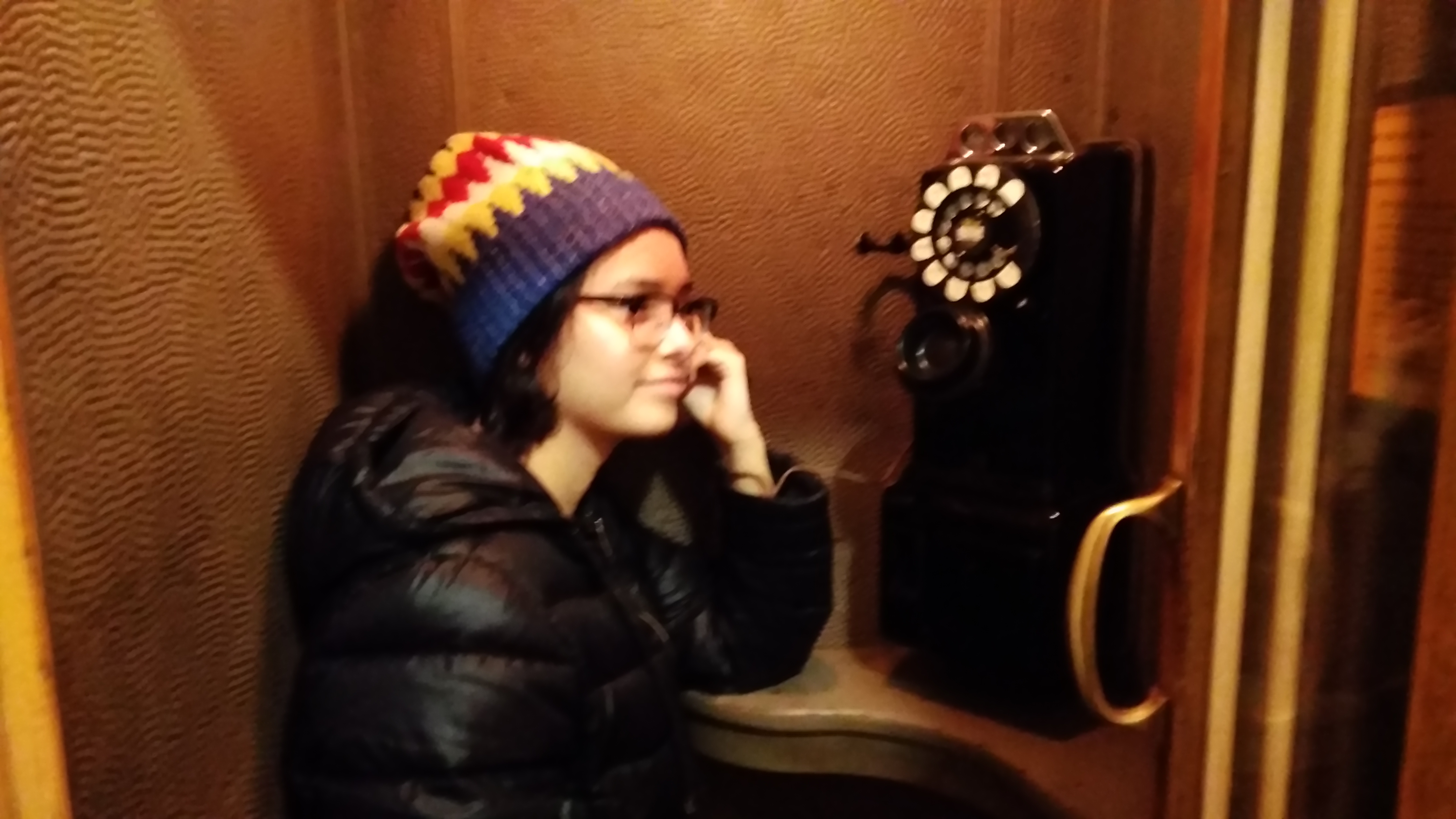
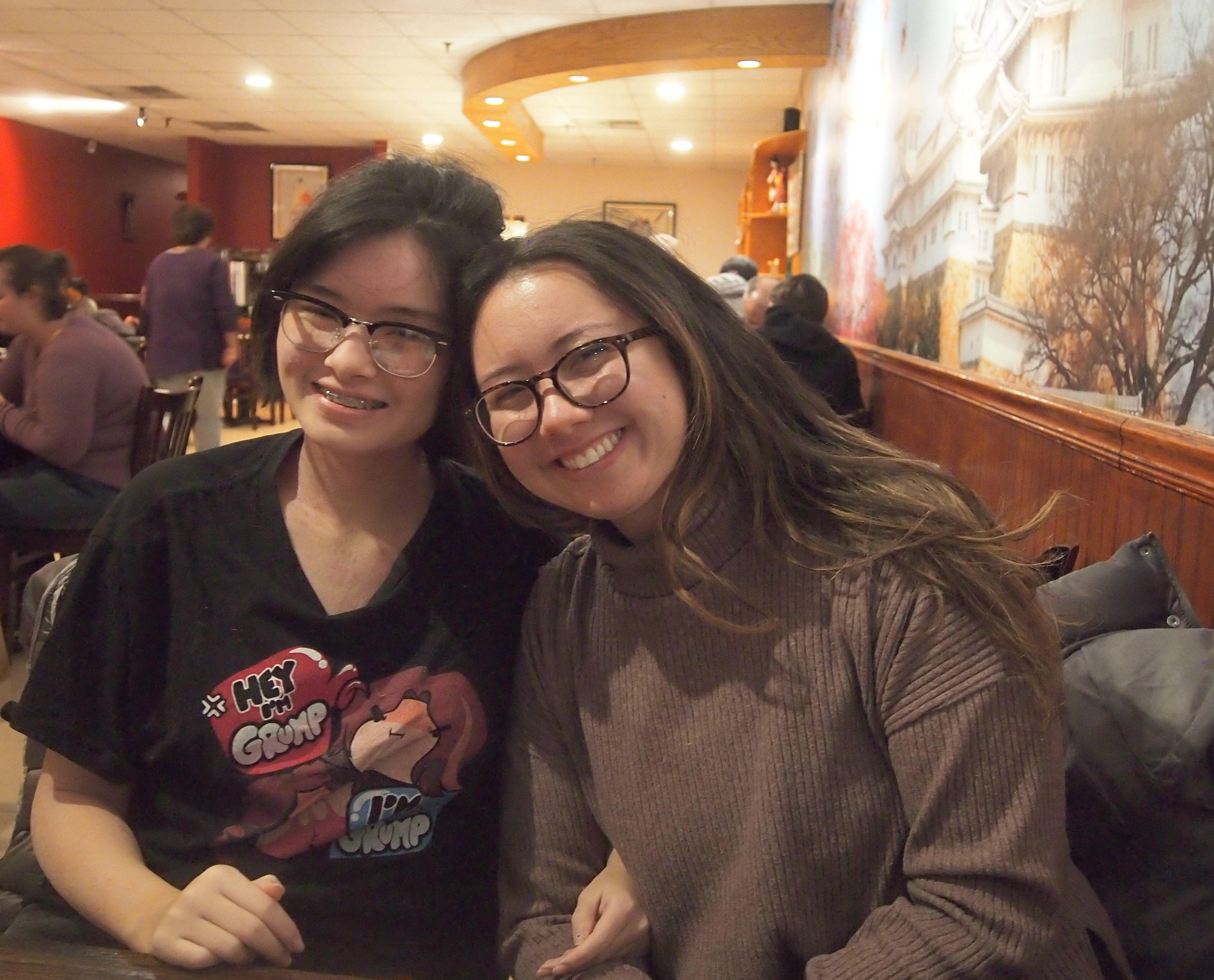
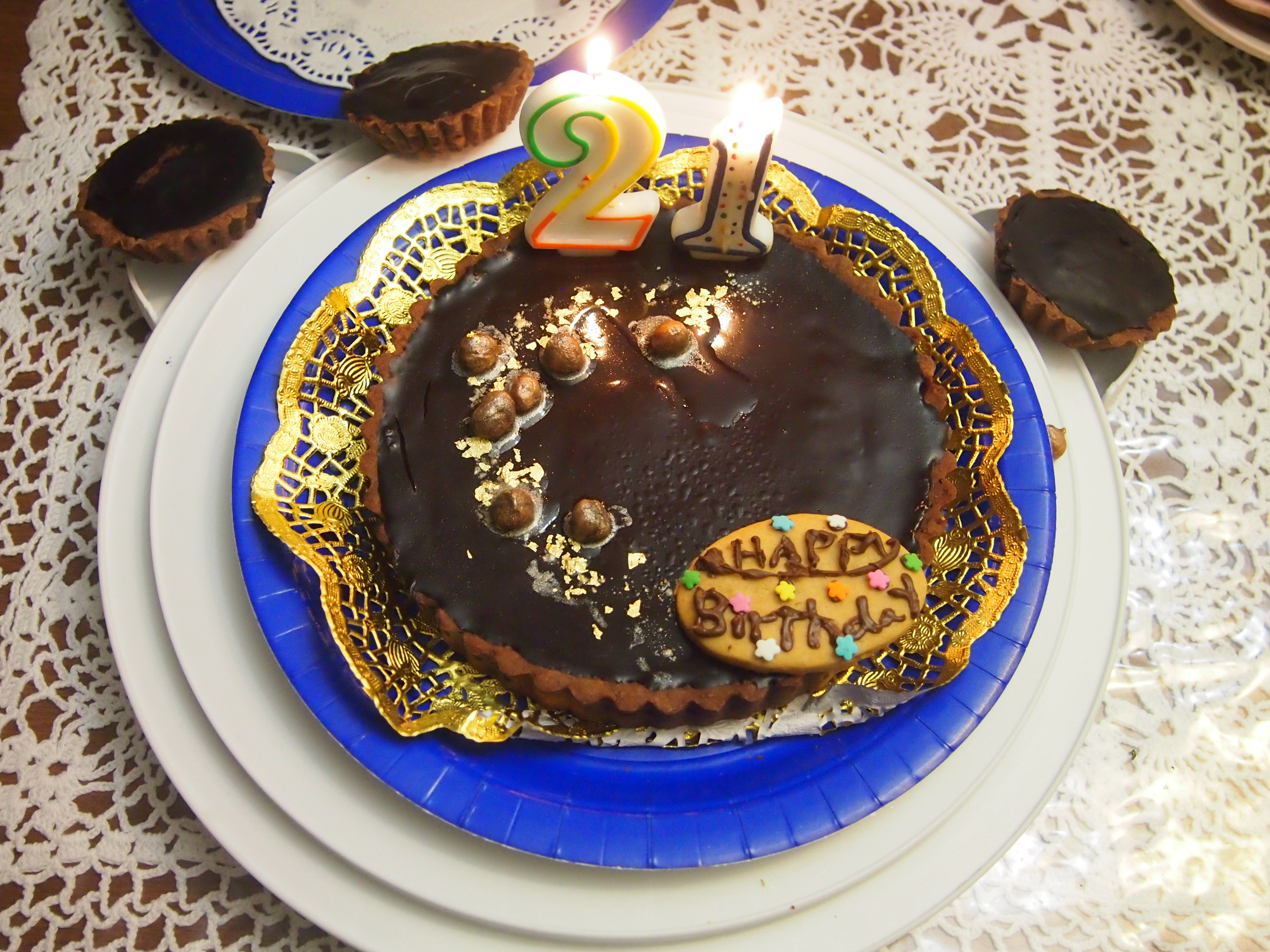
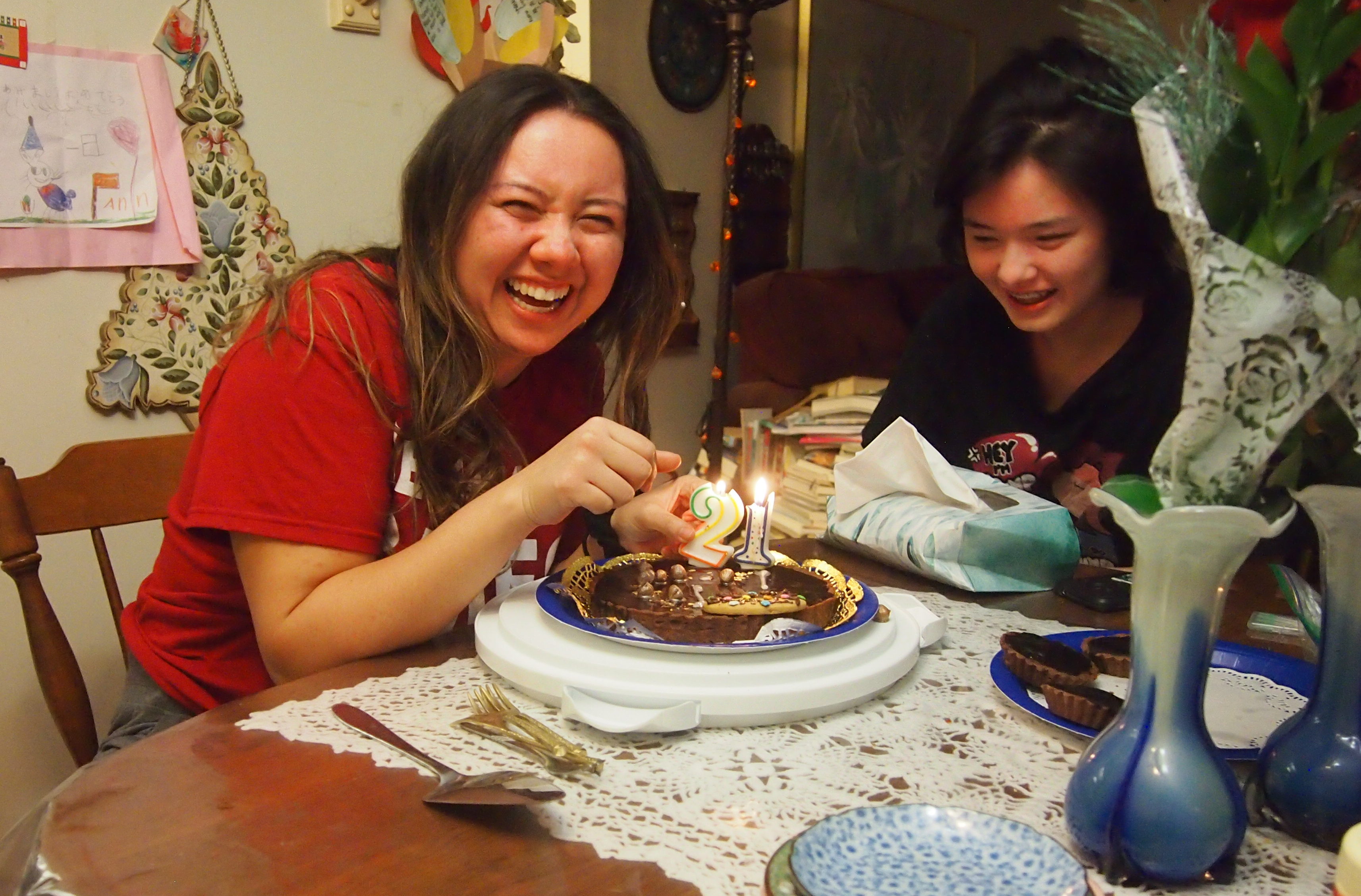 At one point, before she blew the candles out, the 2 fell over still lit, releasing rivulets of wax onto the chocolate. Ann sneezed at about the same time.
At one point, before she blew the candles out, the 2 fell over still lit, releasing rivulets of wax onto the chocolate. Ann sneezed at about the same time.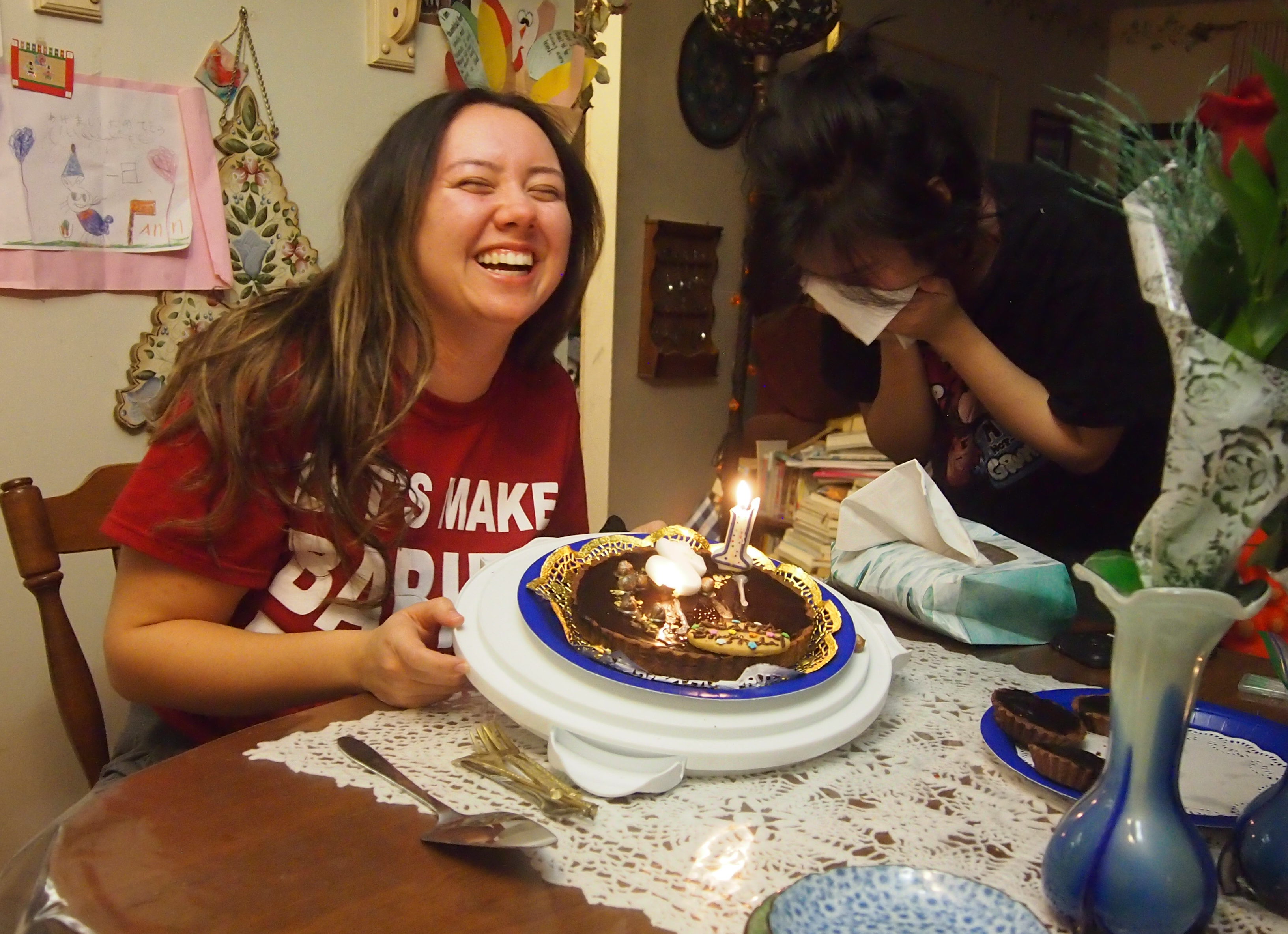
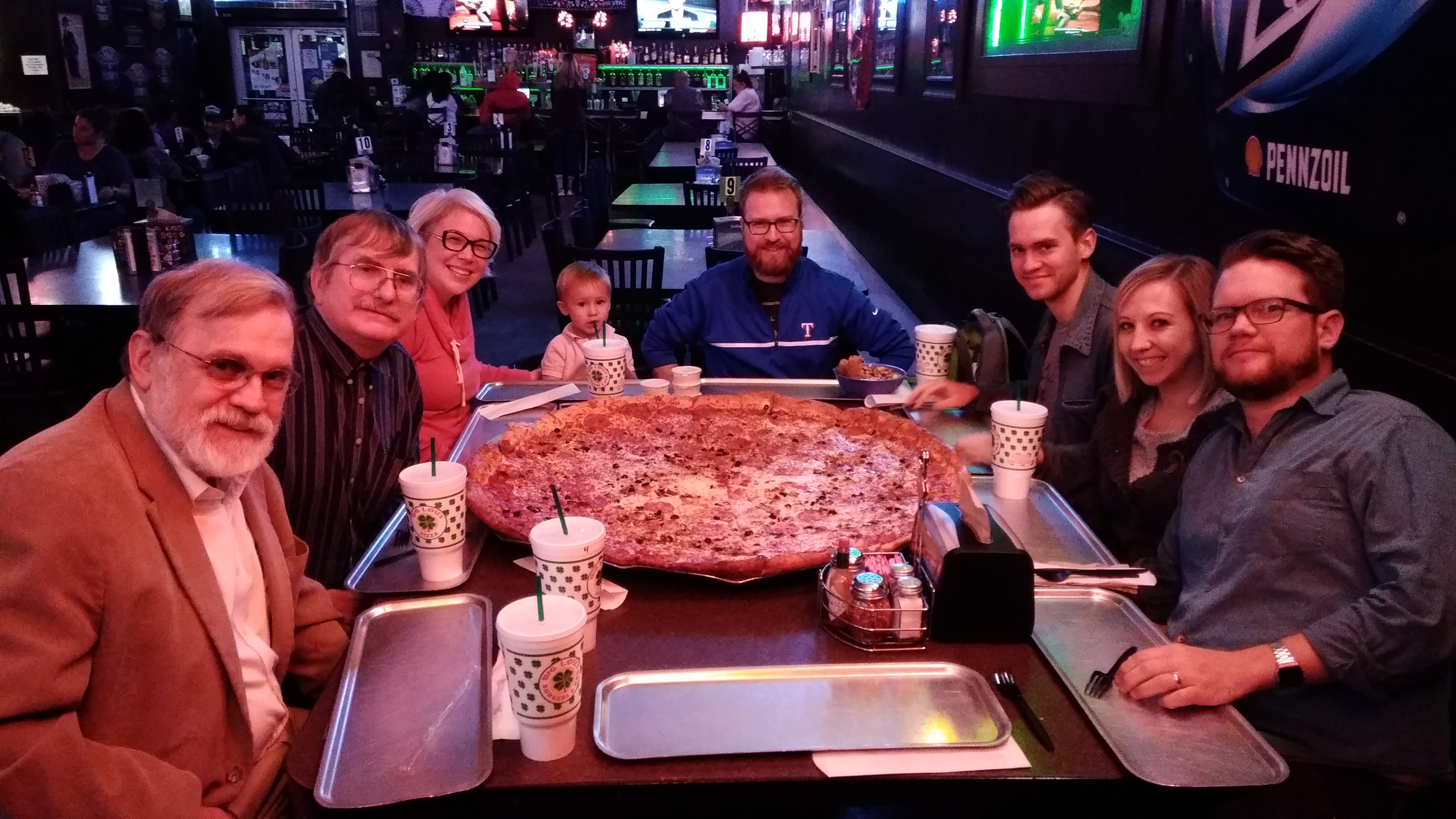
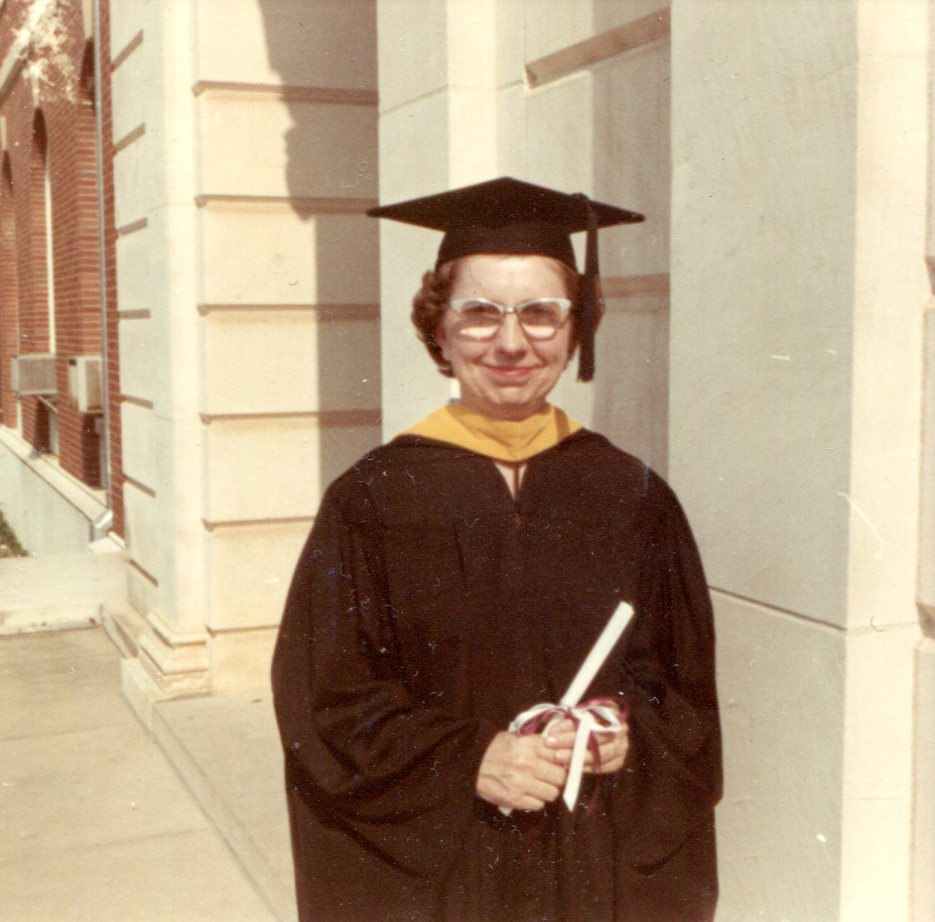 I took this picture in the summer of 1972, when I was 11.
I took this picture in the summer of 1972, when I was 11.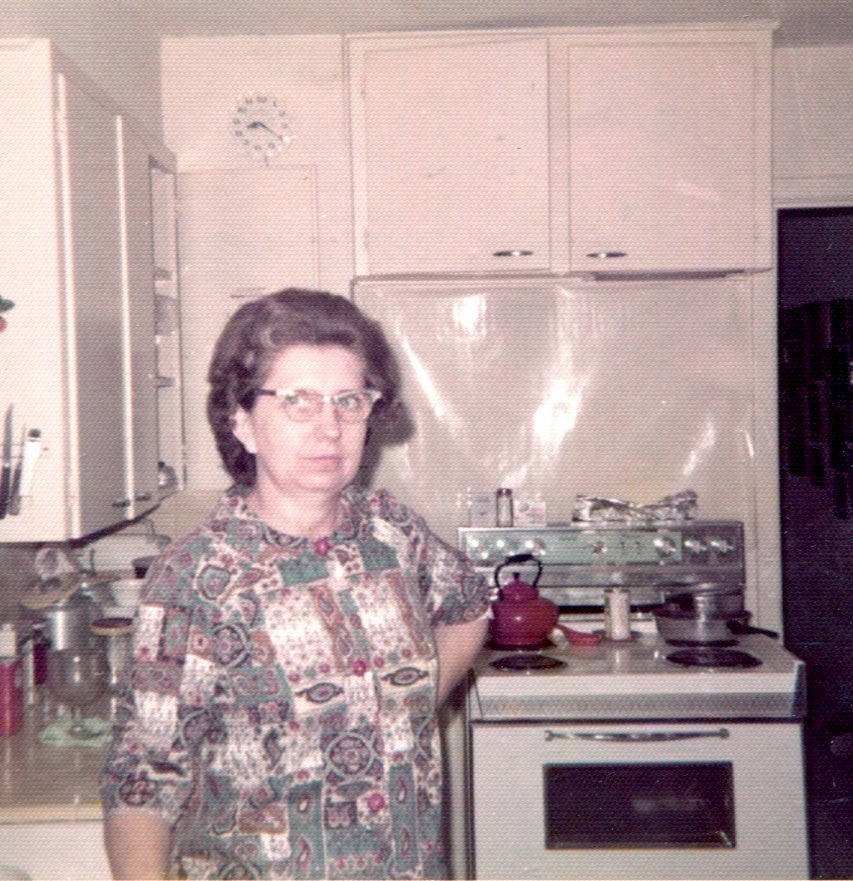
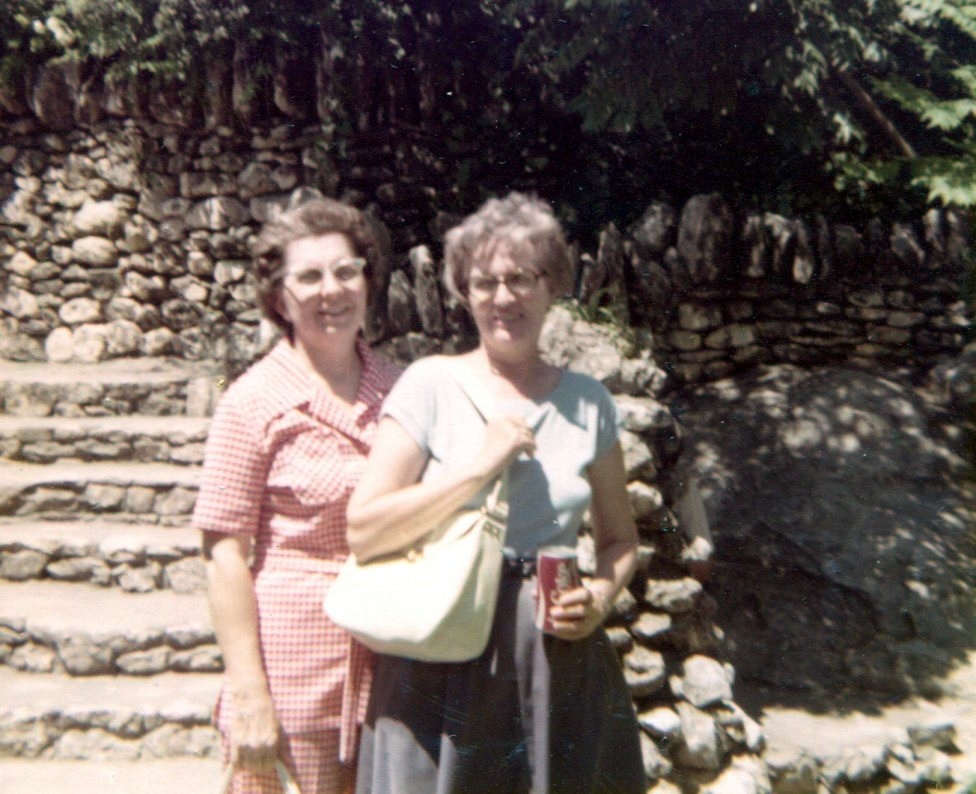
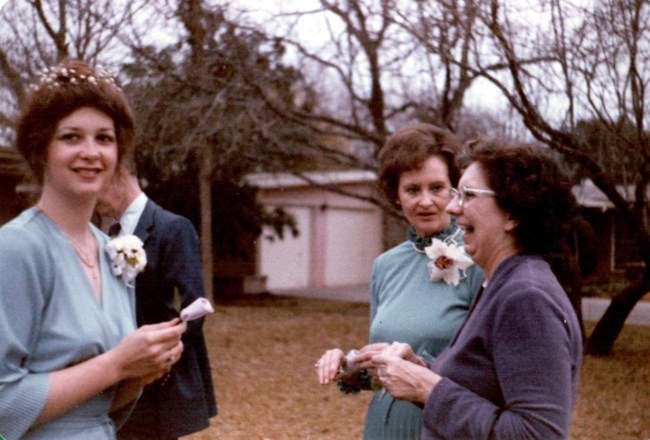
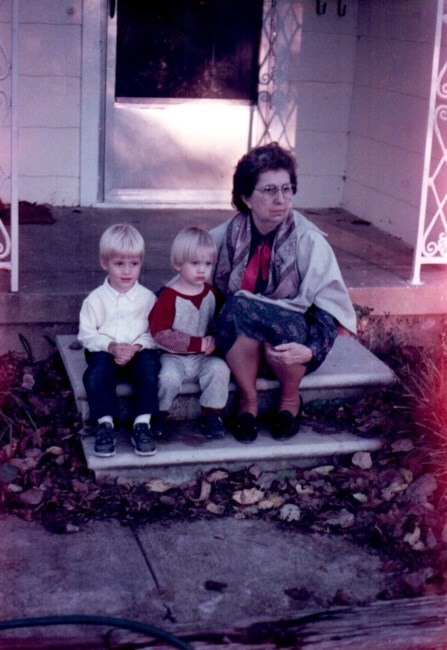

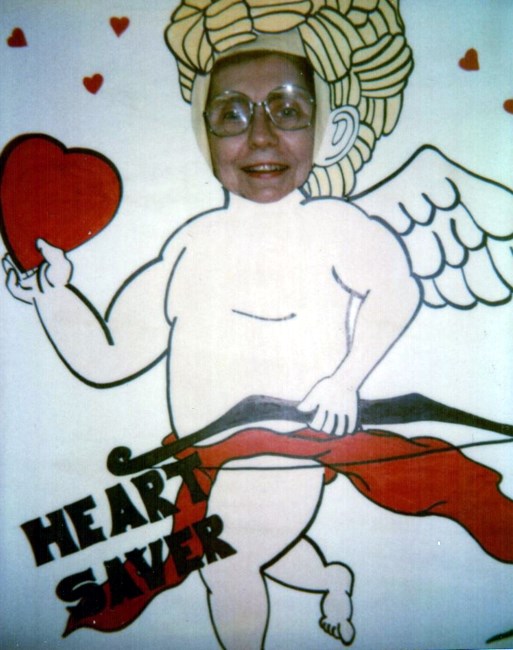
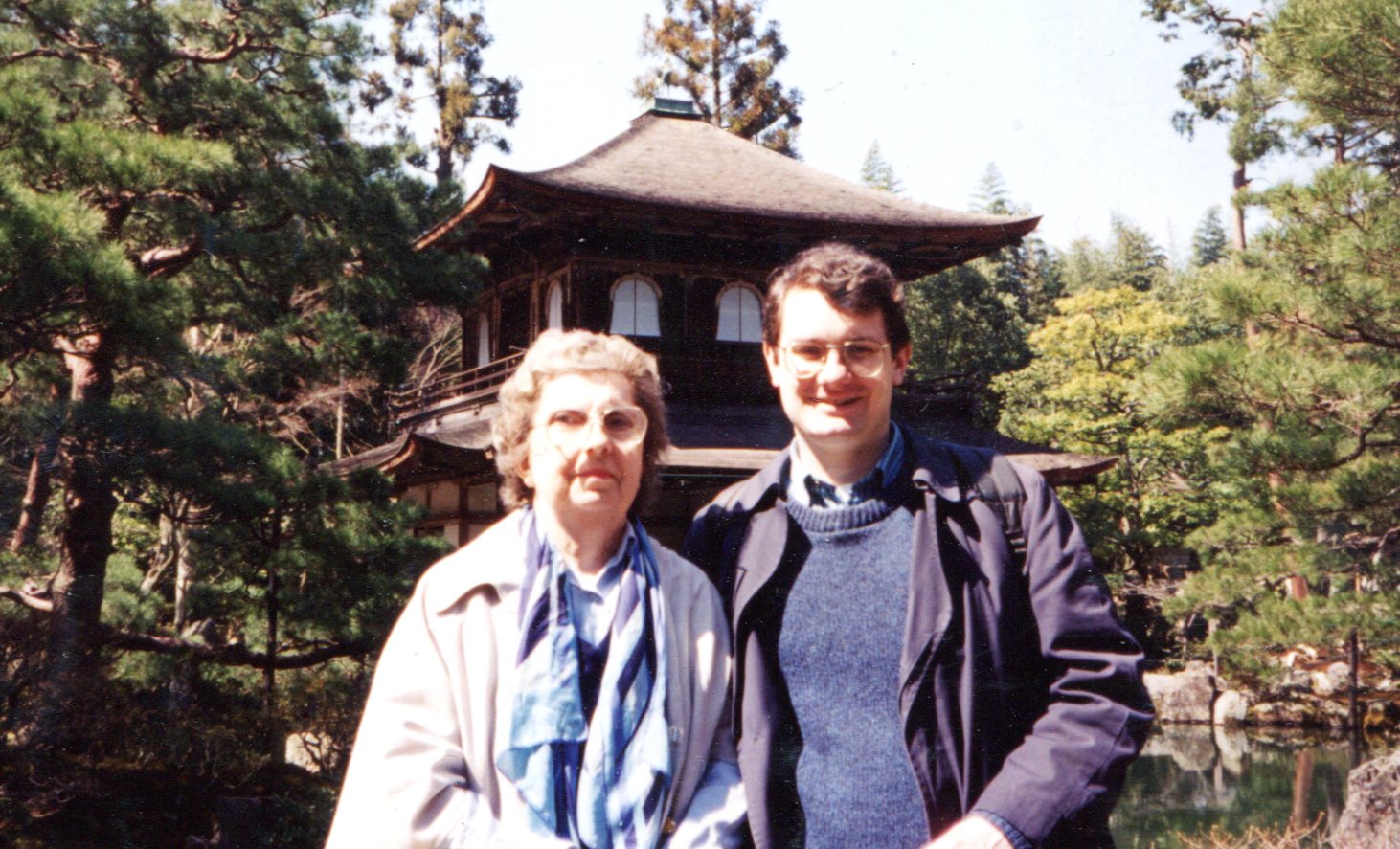
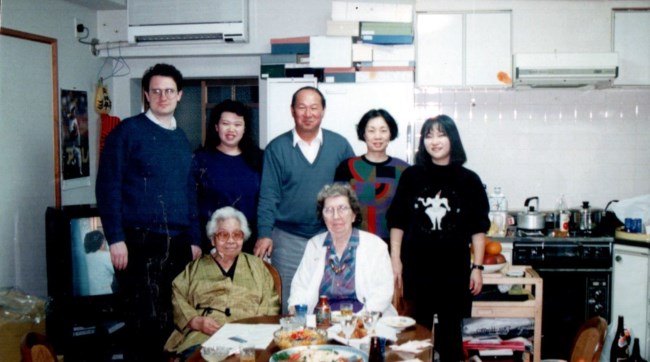
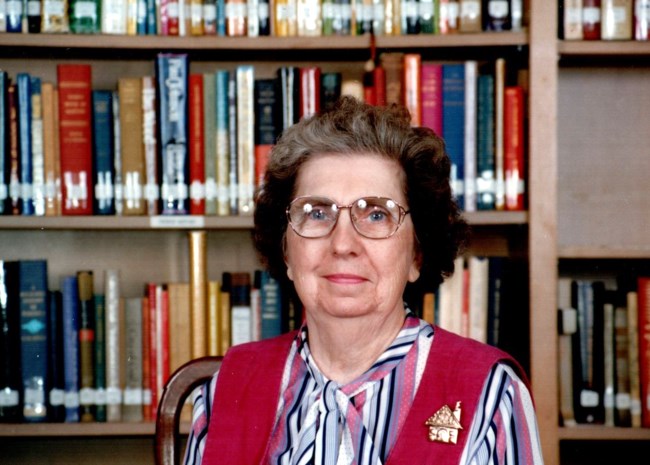
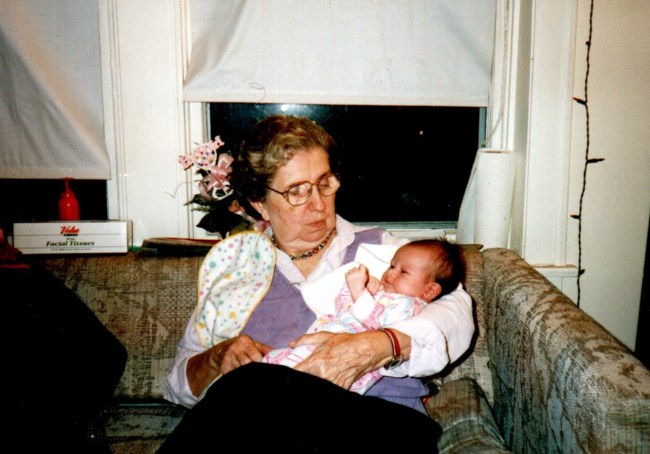
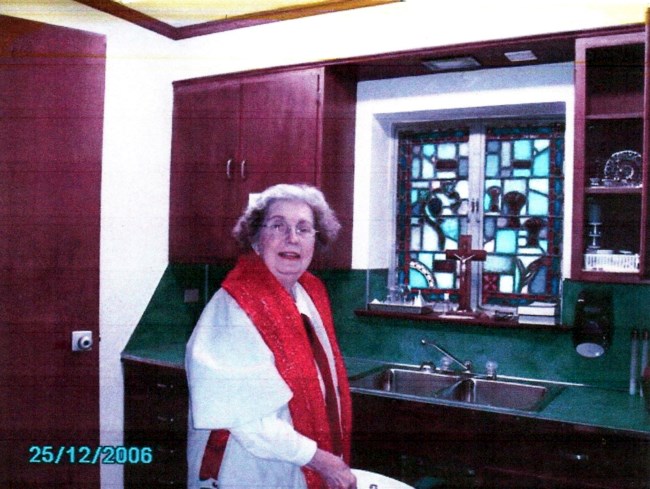

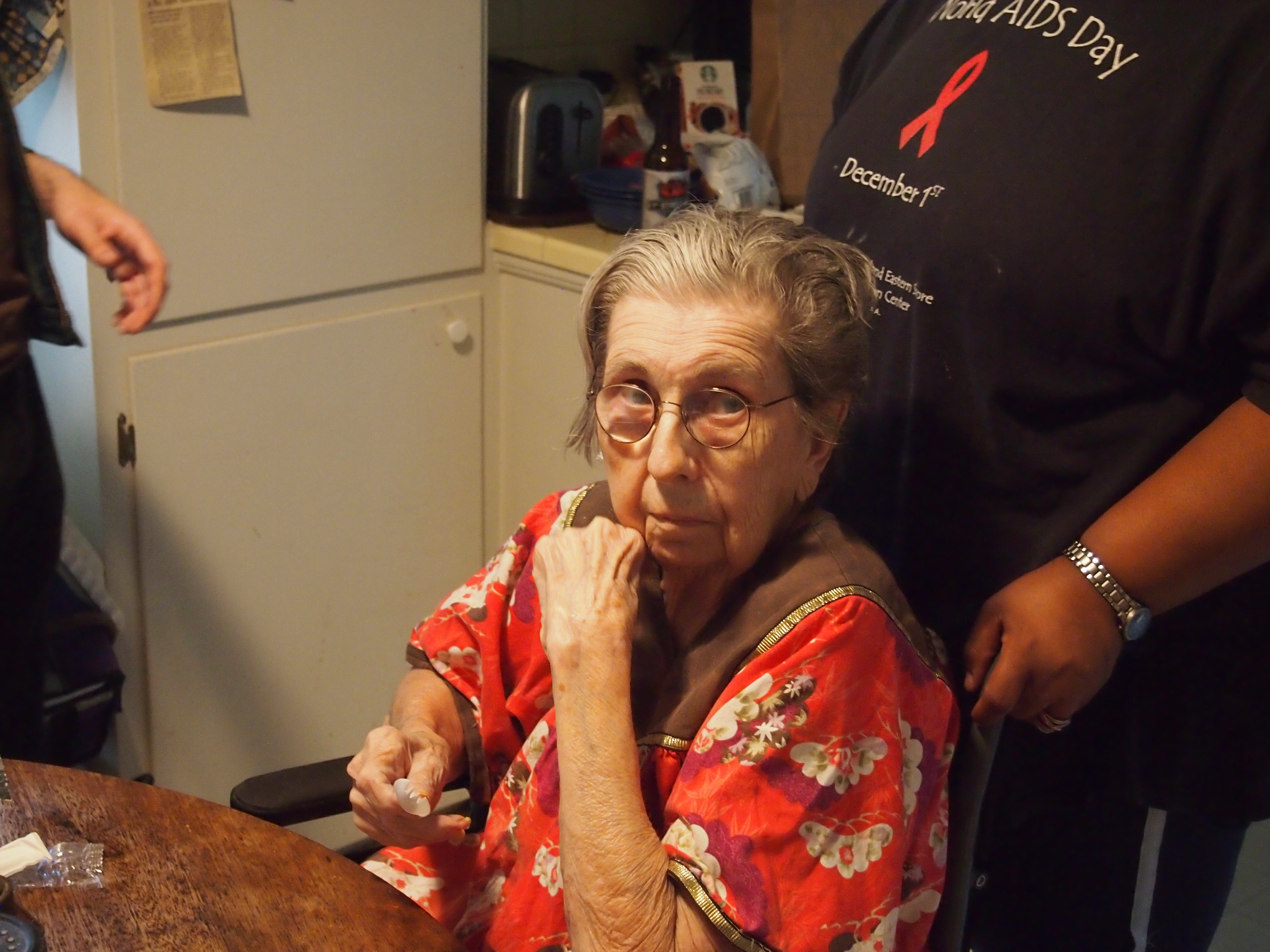
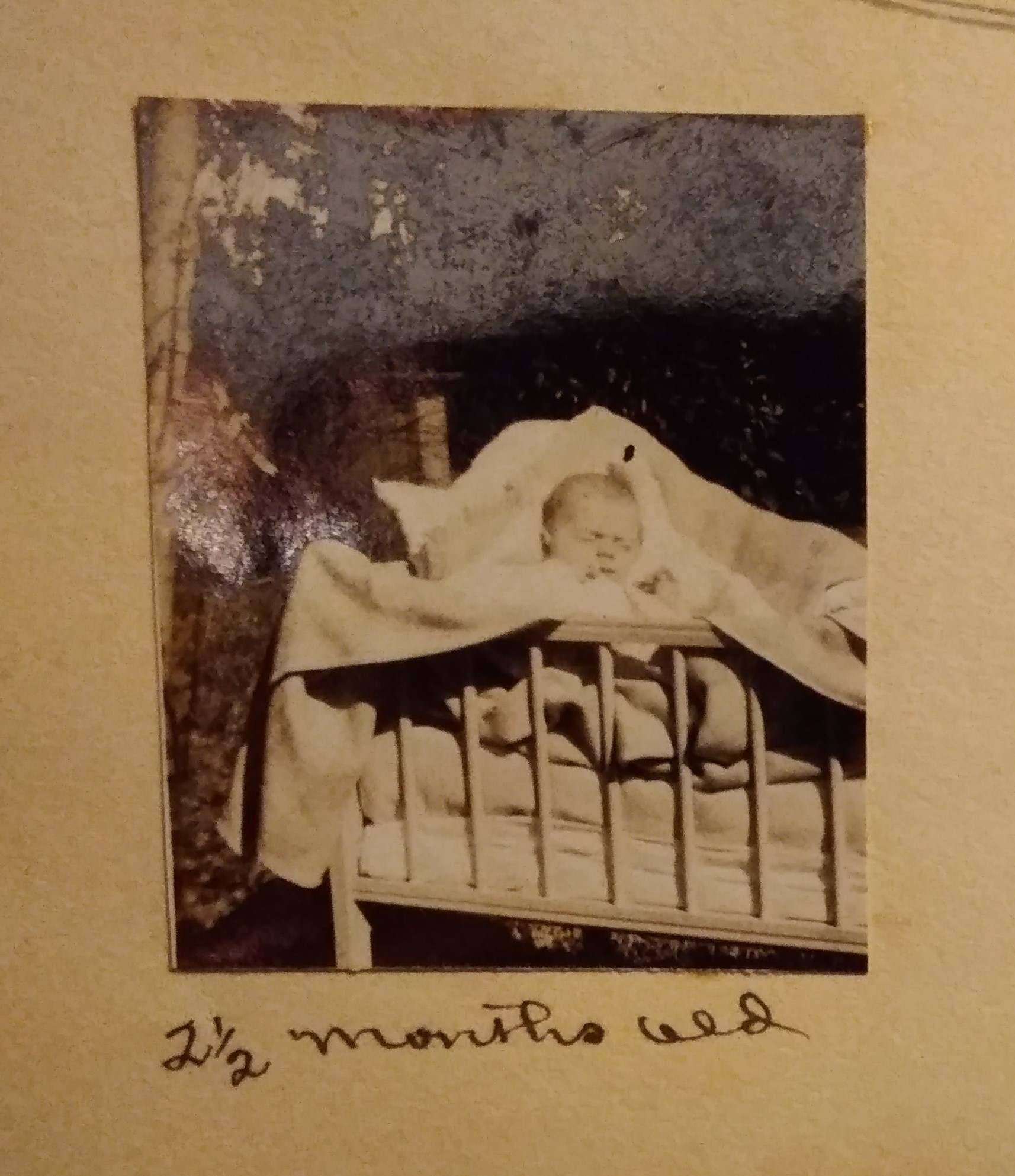
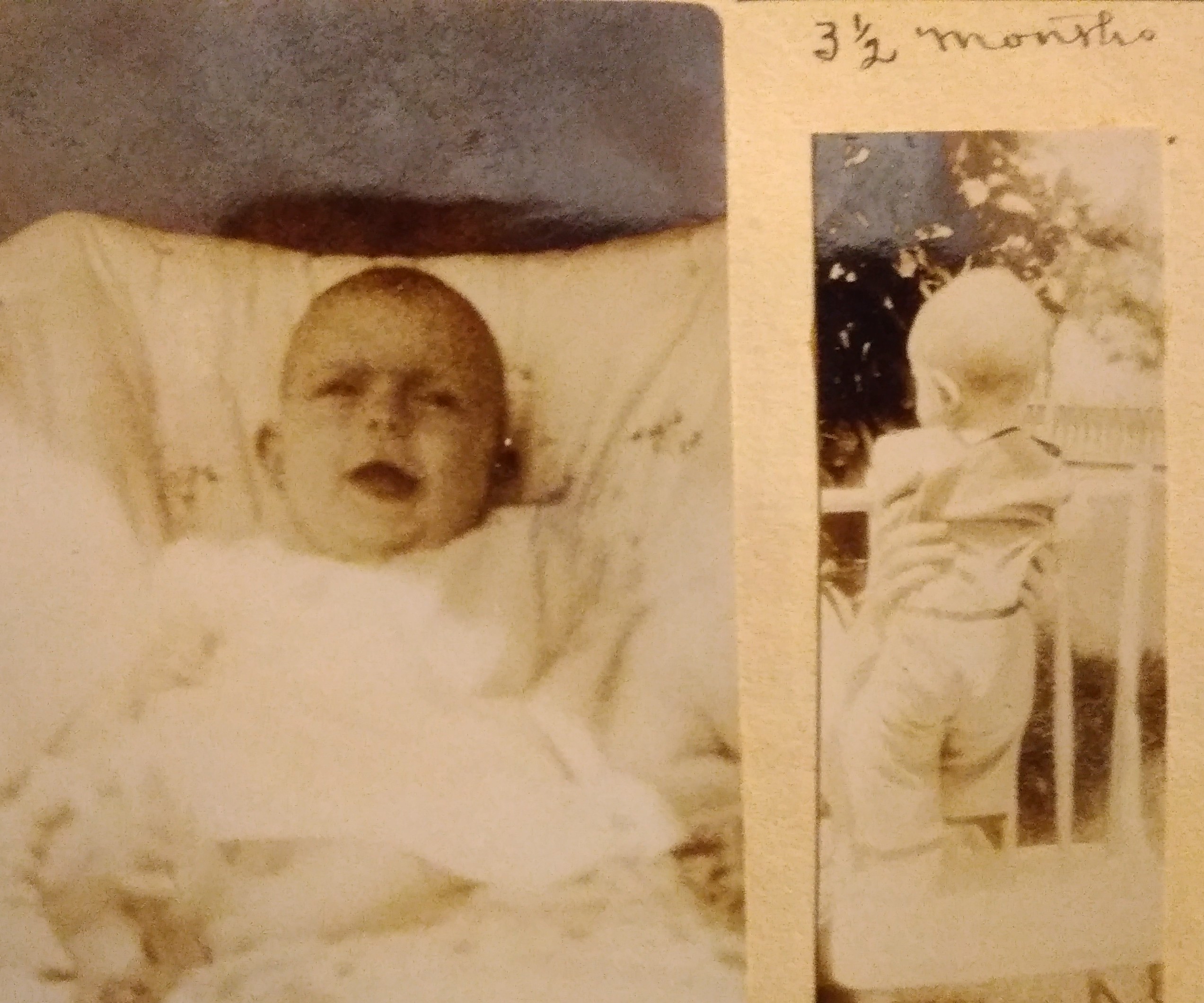 Ca. 1929 in what must be a special-occasion dress.
Ca. 1929 in what must be a special-occasion dress.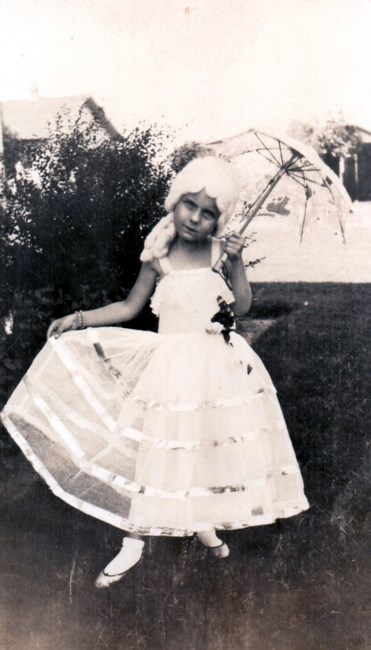
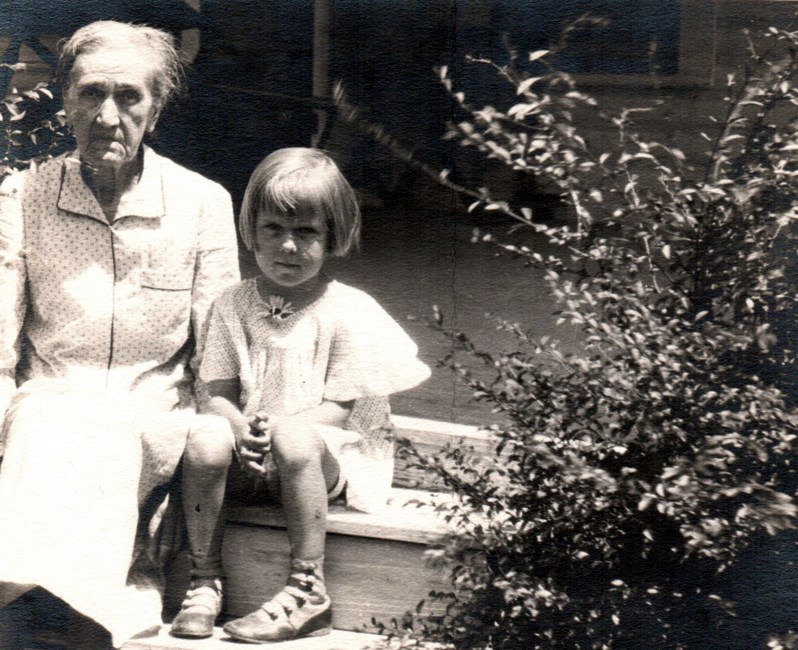
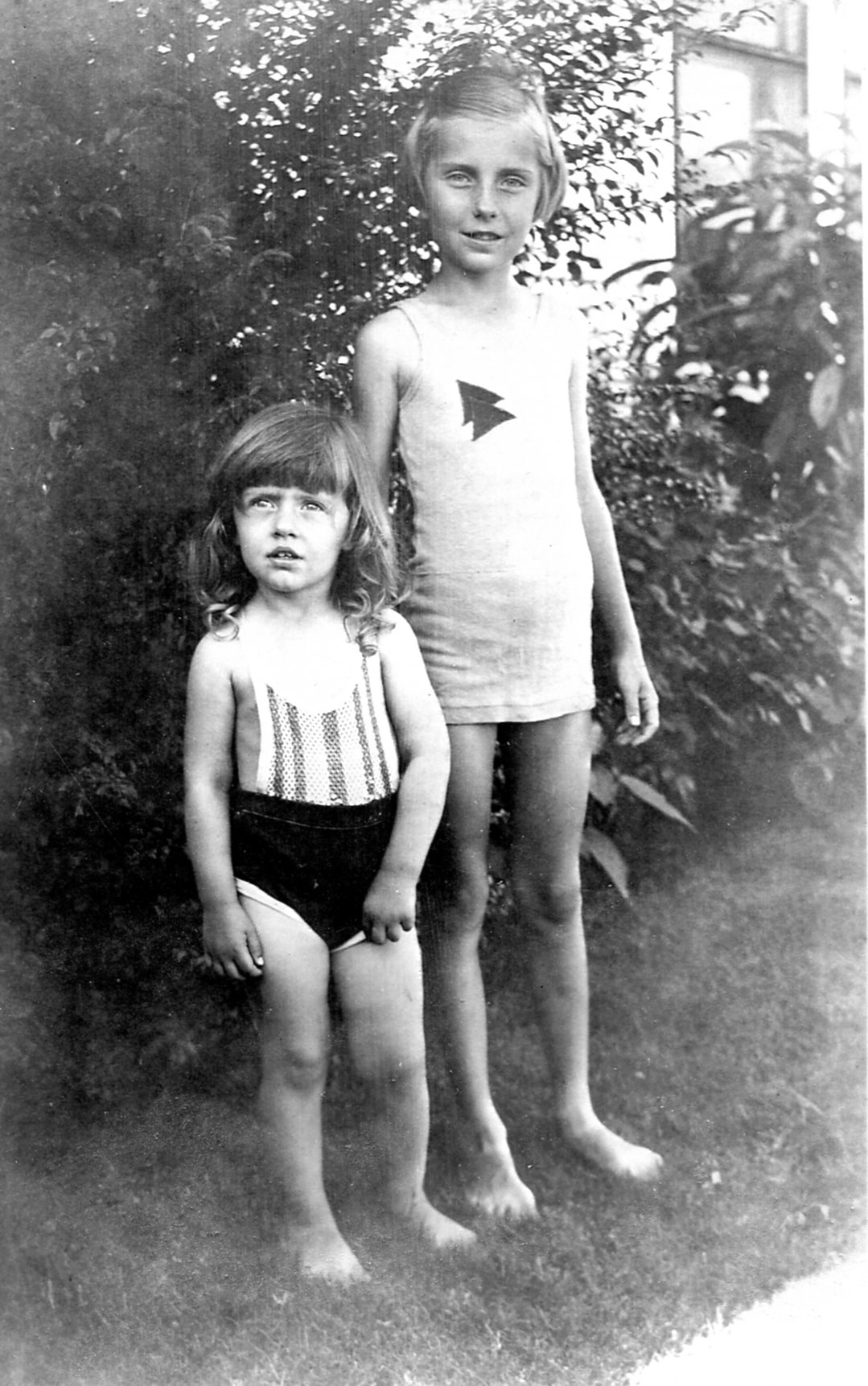
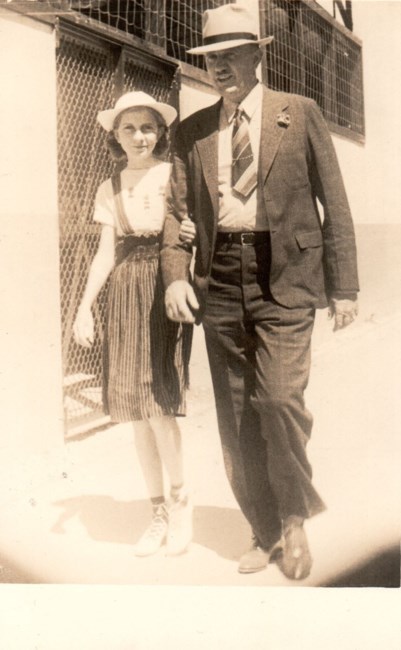
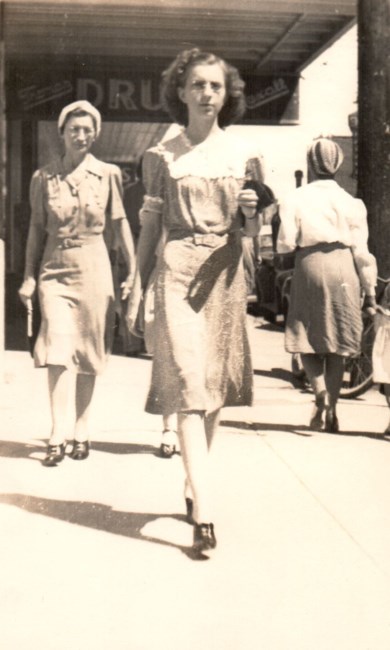
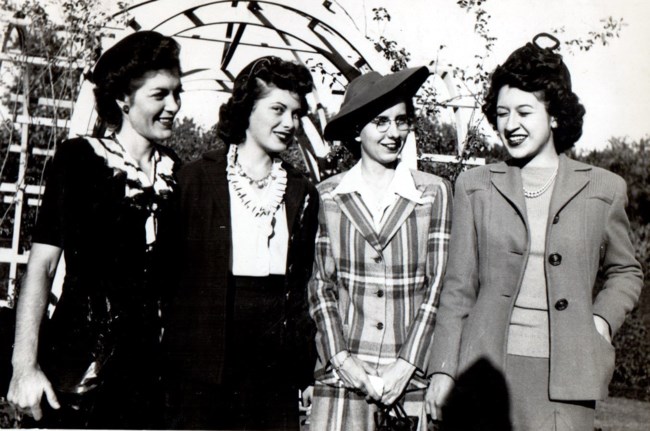
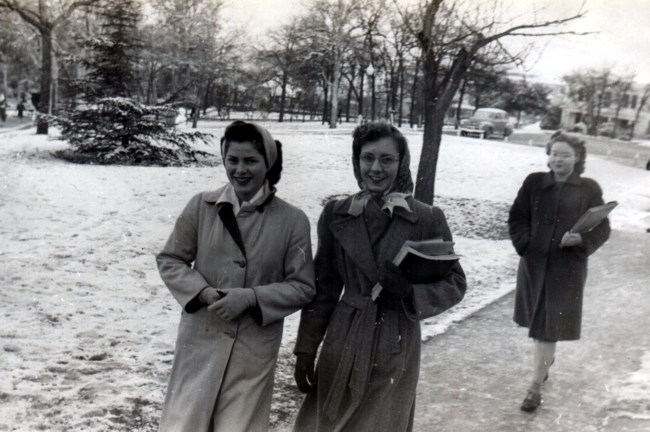
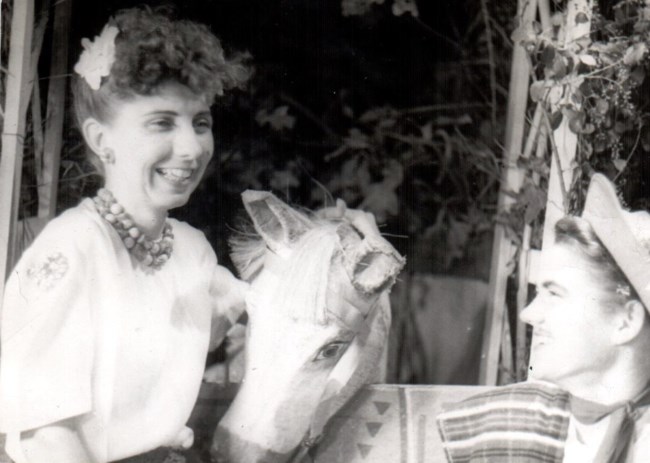
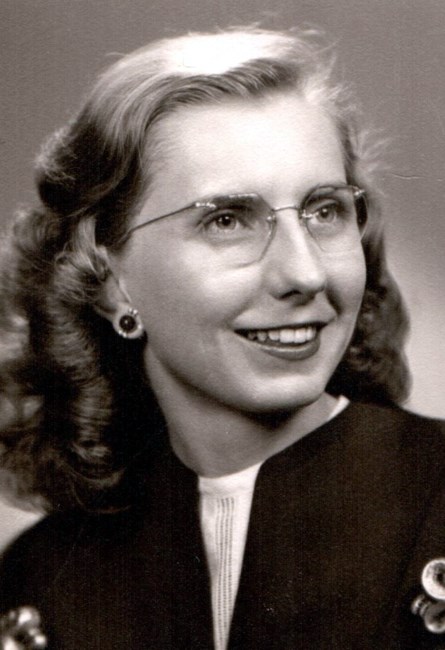
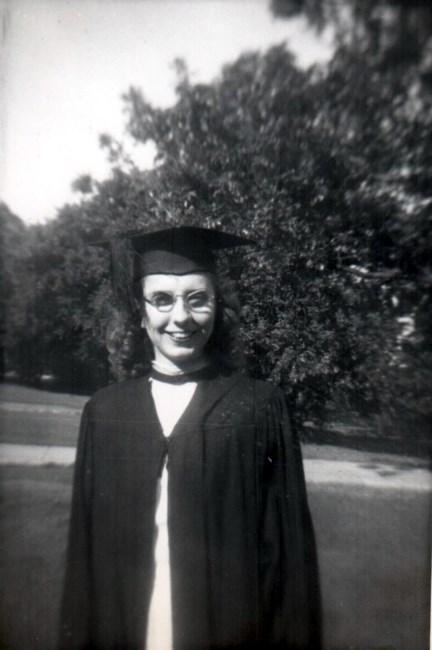
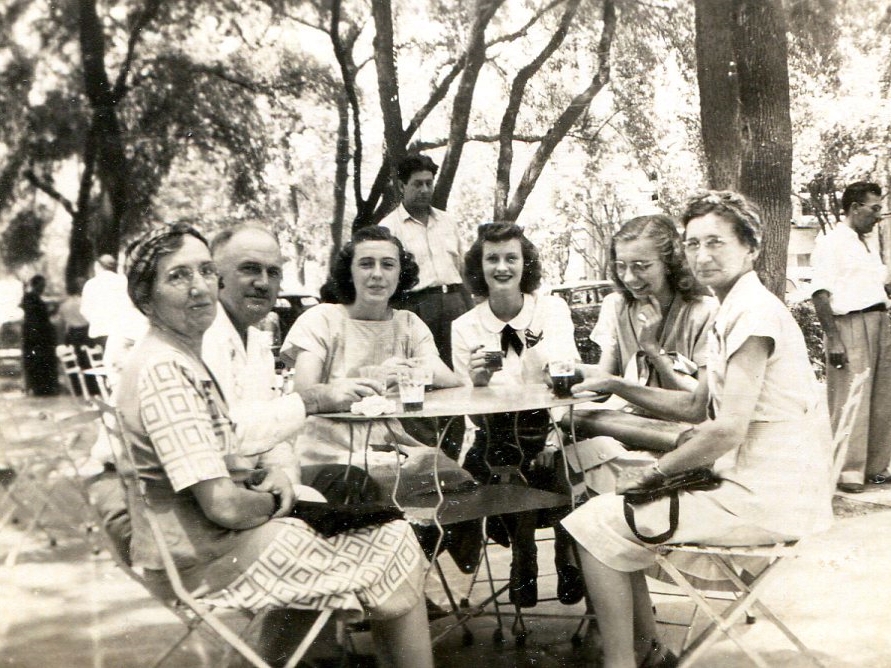
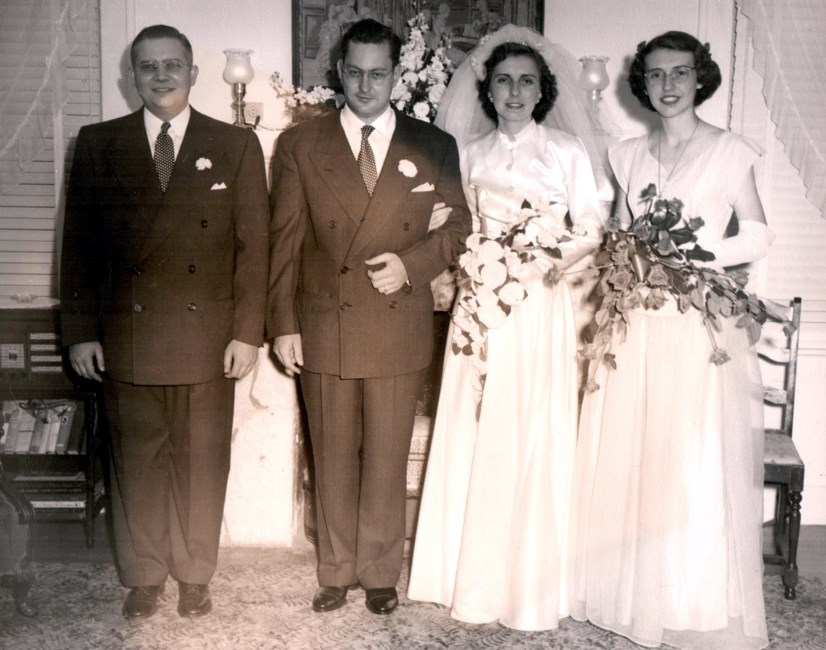
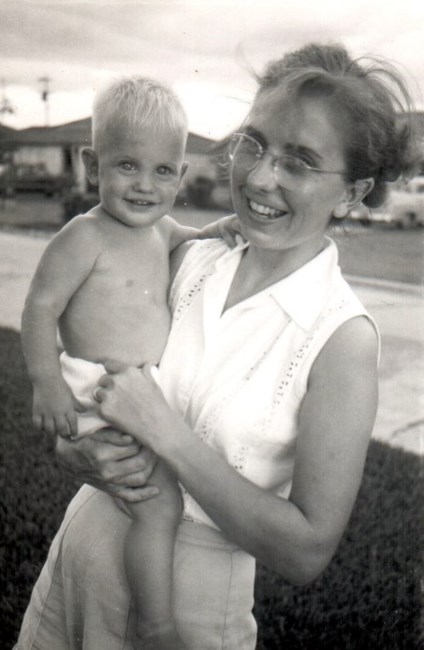

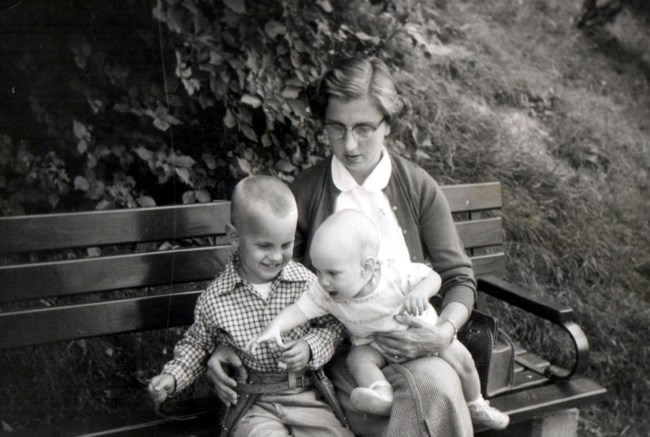
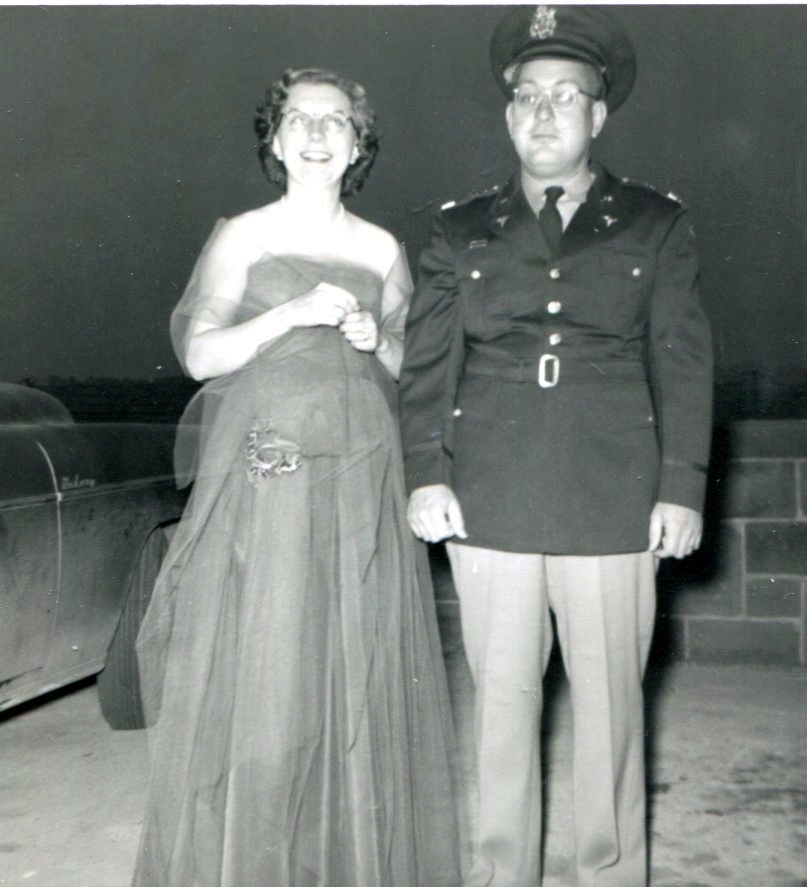
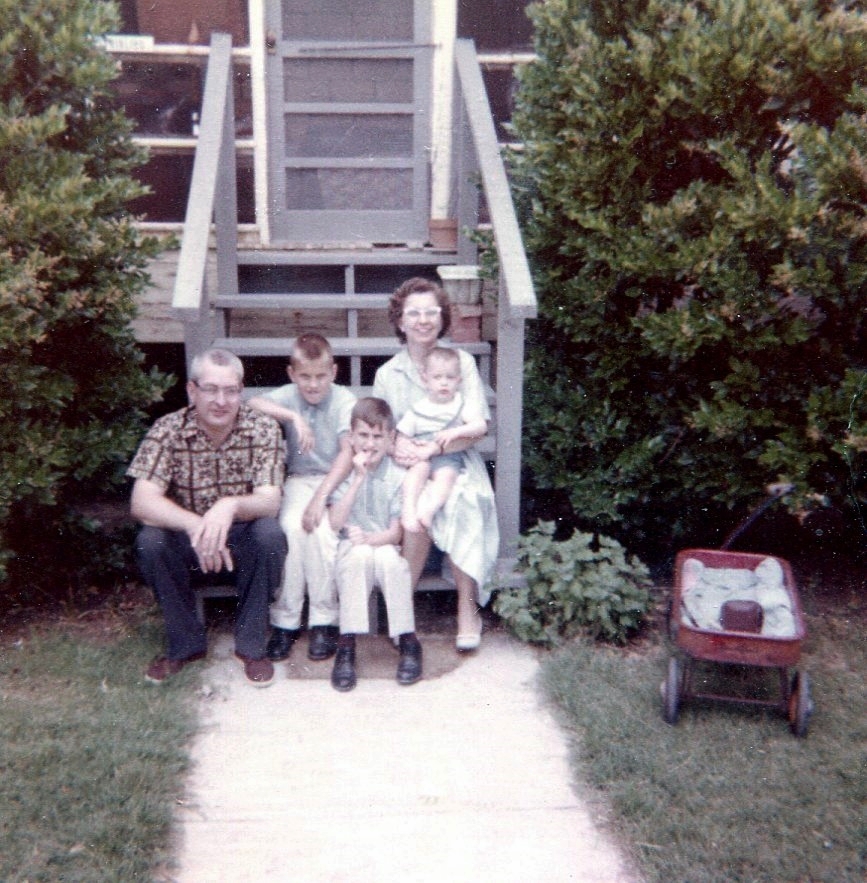
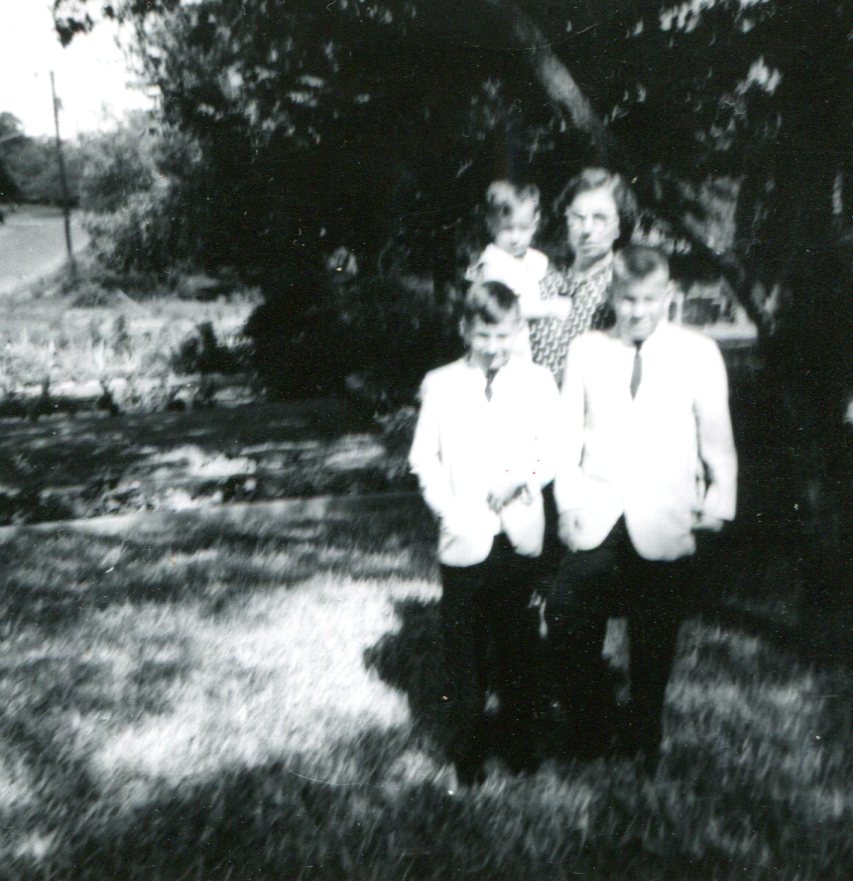 More tomorrow.
More tomorrow.
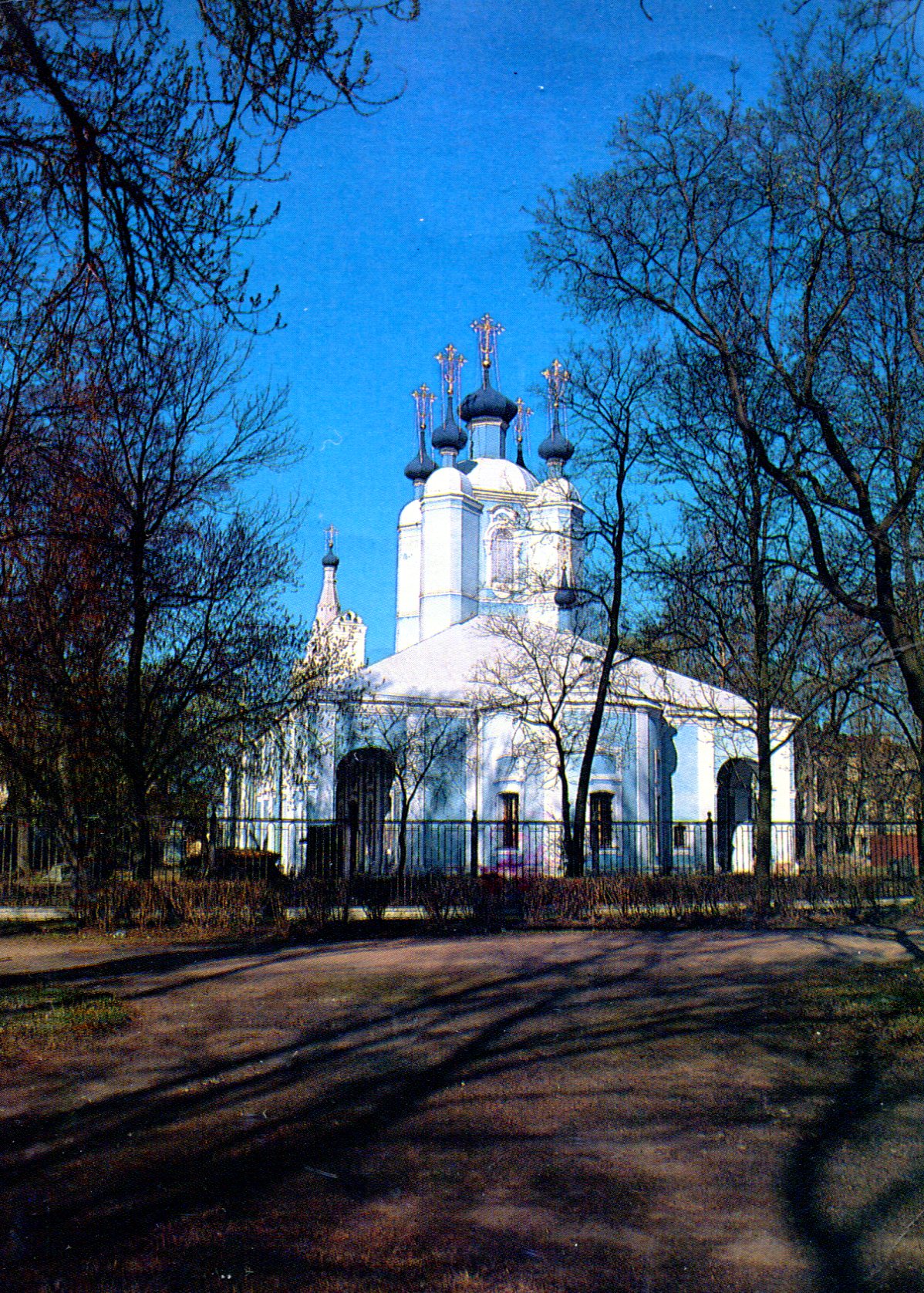
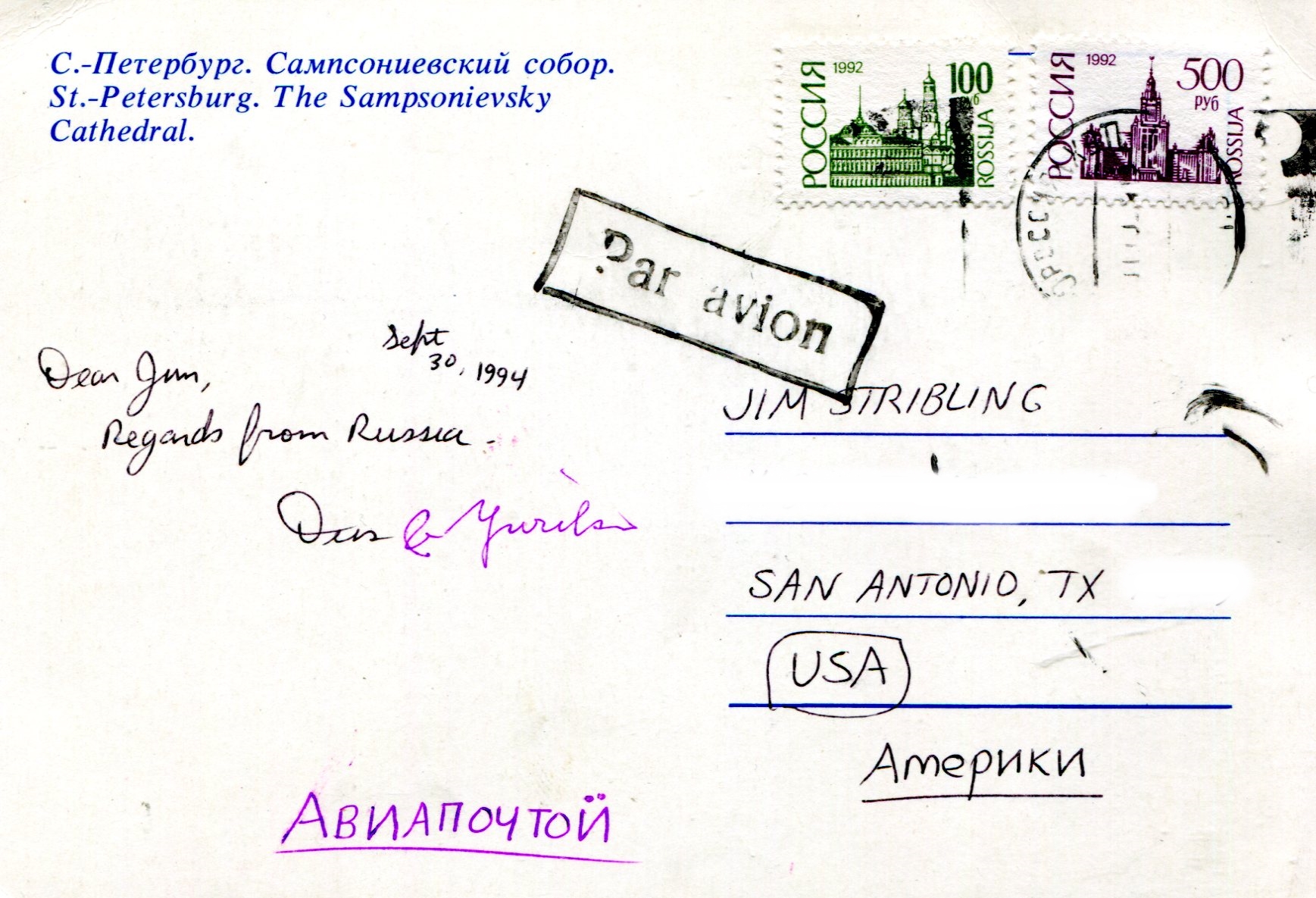
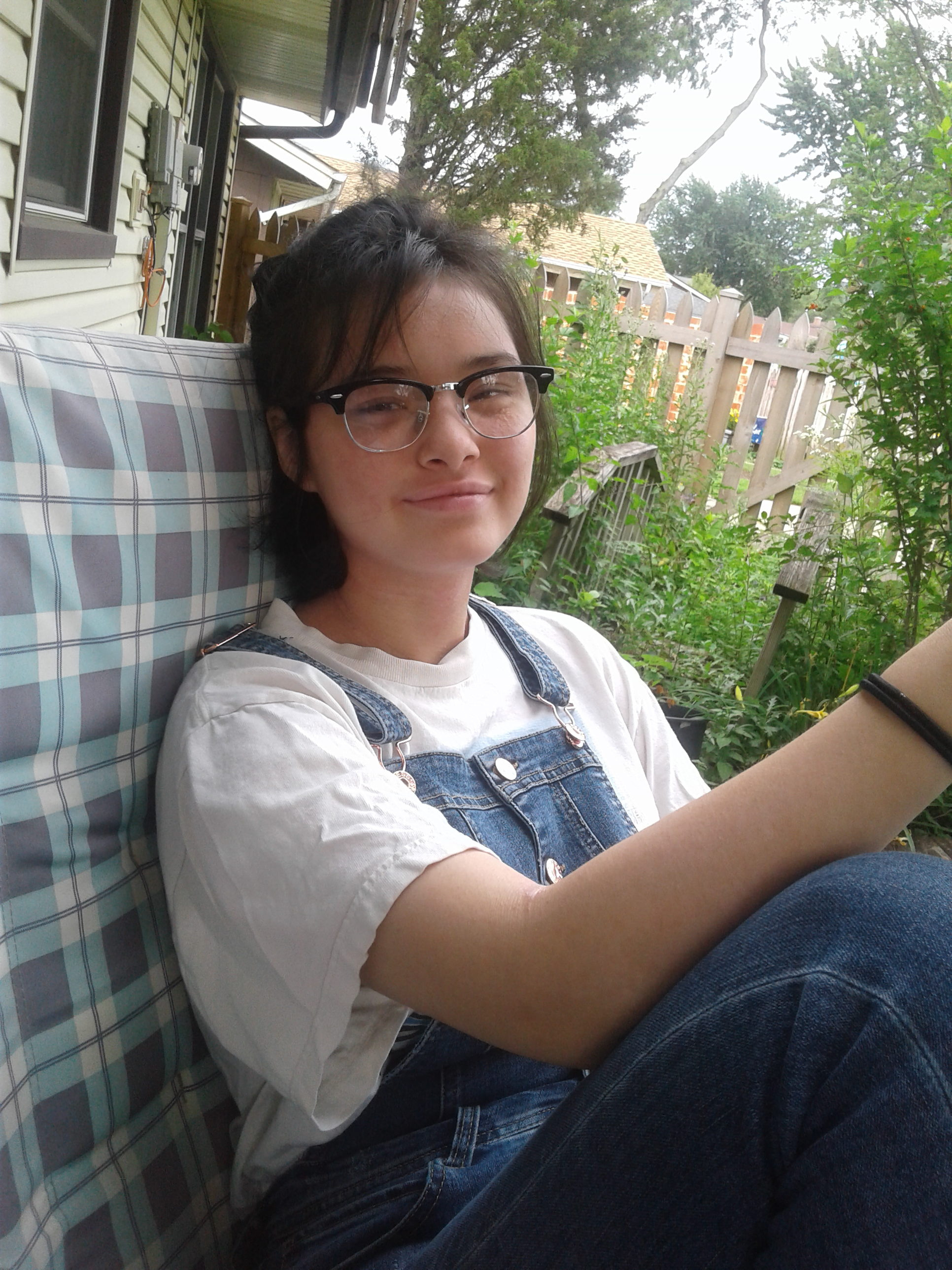 Actually, it’s the dog who uses the deck for its fullest lounging potential.
Actually, it’s the dog who uses the deck for its fullest lounging potential.
